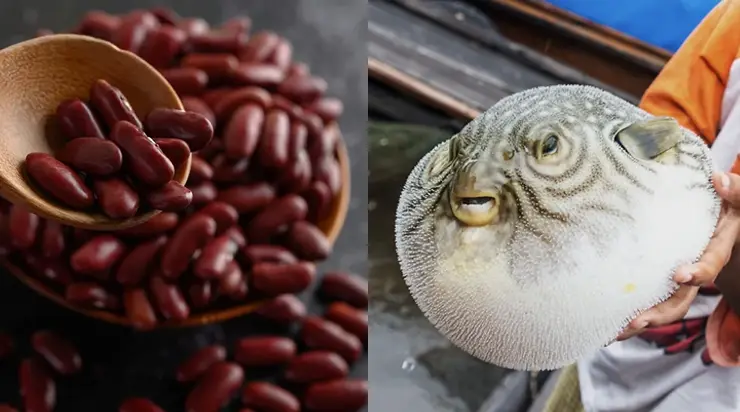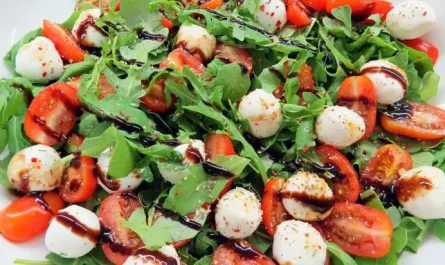What ordinary foods can suddenly become a matter of life and death for a person, what is important to know about beans, nuts and fish so as not to get poisoned.
Cashew nuts
Raw African nuts are enclosed in a shell that contains the poison urushiol. They are deadly to people who are allergic to poison ivy. Even a small dose of this substance can cause death. And everyone else will also feel bad from the oily toxin: the substance causes severe toxic dermatitis.

Therefore, if you somehow managed to get raw nuts straight from the tree, do not rush to rejoice. To make them safe, they must be carefully peeled and then fried. When cashews are mined on an industrial scale, the nuts are cleaned, steamed, and then dried – and the toxin is completely destroyed. Store-bought cashews should be re-cooked, such as roasted, to give them that familiar, pleasant nutty flavor.
Red beans
This is another familiar dish that can cause gastrointestinal problems. The fact is that red beans contain a protein called phytohemagglutinin (phasin), which can cause at least indigestion and even poisoning. Sometimes it comes to the hospital. Poisoning can be caused by just five or six beans eaten. The symptoms are very unpleasant: nausea, vomiting, and then diarrhea.
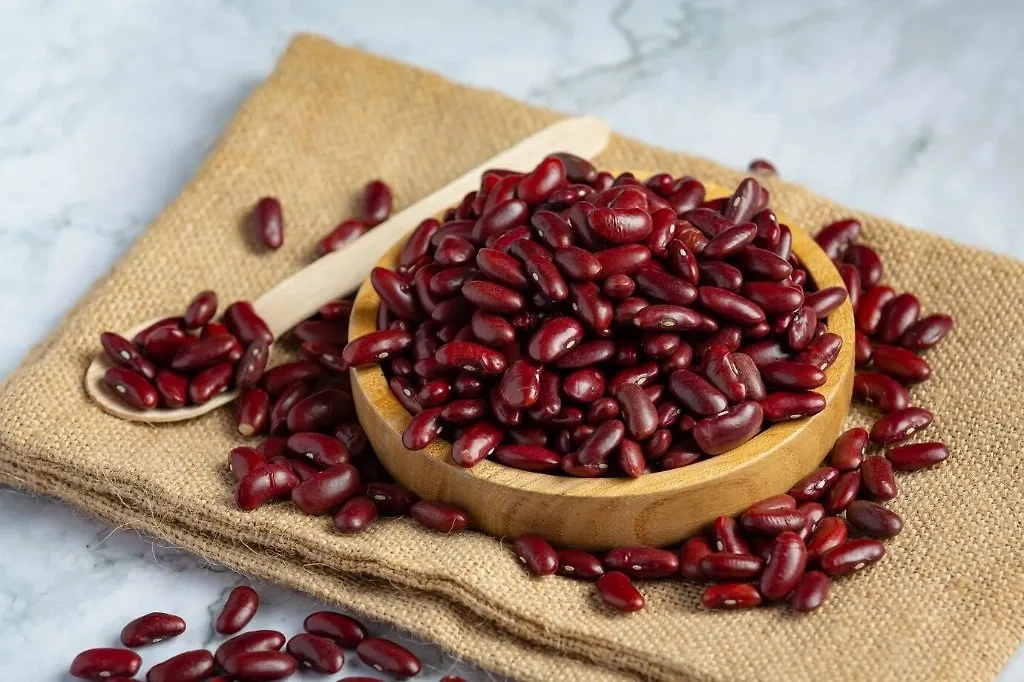
To prevent this from happening, red beans should be soaked for eight hours before cooking, and then boiled until tender – for 40 minutes or even longer. In this case, the water should boil properly; Slow-cooked beans can be dangerous: the toxin is not destroyed by slow cooking.
With proper cooking, part of the toxin will leave with the water, and the remaining will be destroyed by temperature. Now you can eat the beans. But canned red beans can be eaten straight from the can, because they are already cooked.
Mushrooms
To avoid becoming a victim of poisoning from edible mushrooms, you should prepare them properly. Firstly, they cannot be left for a long time without heat treatment. The shelf life of collected mushrooms is only three hours. After which toxic substances begin to accumulate in them – plant protein decomposes.
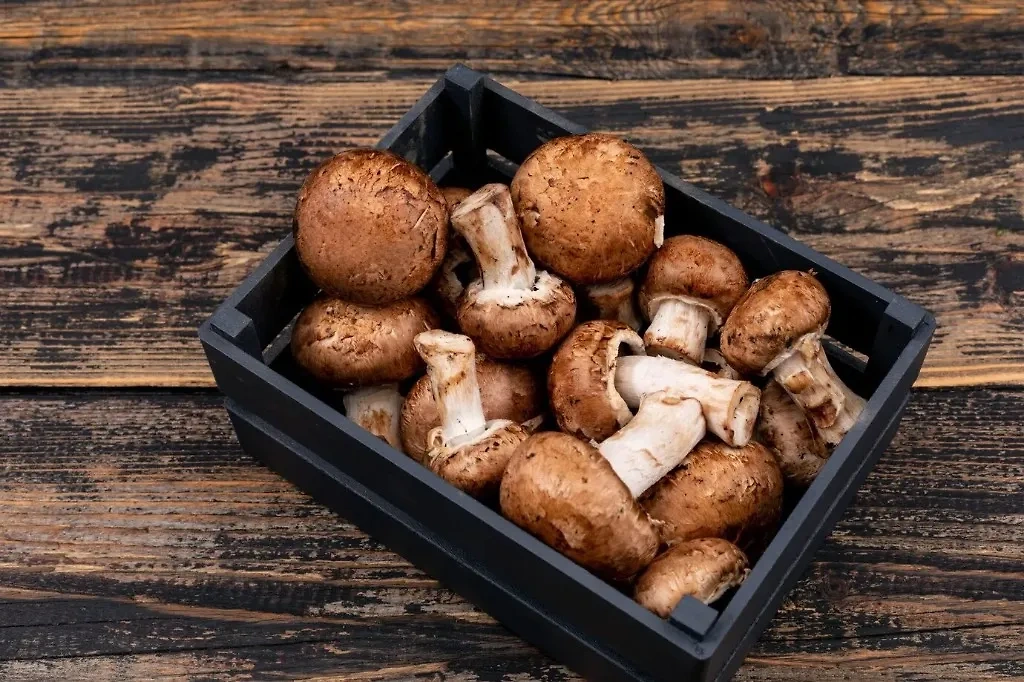
Worthy and rotten mushrooms should be thrown away immediately. The remaining fresh mushrooms should be thoroughly washed, soaked in water, then boiled, rinsed, discarded, and the mushrooms used immediately for cooking.
Volnushki, milk mushrooms and other conditionally edible mushrooms should be boiled, changing the water twice. Honey mushrooms should be boiled for at least 25 minutes. And still, poisoning cannot be avoided: there are people who lack the enzymes necessary to digest honey mushrooms. In addition, mushrooms are not recommended for children, the elderly and those with liver problems.
Some types of fish
Everyone knows the poisonous fugu fish – a Japanese delicacy that desperate gourmets go to Japan to try. The poison is contained in the bile and skin of the fish, in its gastrointestinal tract, so specially trained chefs prepare fugu.
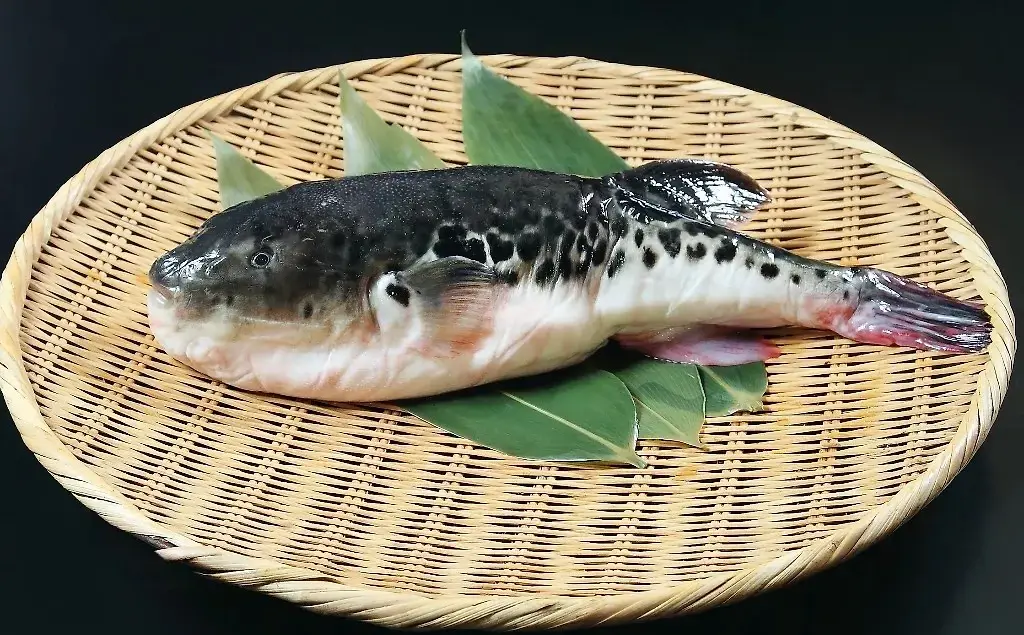
But few people know that you can even get poisoned from the sea fish barracuda. True, the barracuda itself is not poisonous. But the same puffer fish that this barracuda eats – yes. Because of this, the barracuda itself becomes poisonous.
Of the river fish close to Russians, pike and perch can be toxic when they go to spawn – their eggs can cause severe poisoning. And there’s nothing you can do about it; it’s impossible to cook caviar so that it becomes edible. But the fish itself can be eaten – you just need to free it from poisonous caviar.
Only the Irish know how to cook another fish delicacy – the haukarl dish. It is prepared from the meat of a completely inedible Greenland shark – it contains a lot of urea. In Ireland, shark meat is first filled into barrels and fermented for two months. And then they cut it into strips and dry it, making a wonderful snack for beer. The Irish eat it and praise it, but for the rest of us it’s truly exotic – the hakarl dish.
Oysters
Oysters have a very short shelf life, after which toxins accumulate in them – a product of protein breakdown. Oyster poisoning can be very serious. You should be especially careful with fresh and chilled product. Restaurant chefs admit that it is impossible to “reanimate” a product by pouring sauce or lemon juice on it, but some cunning people try to cook spoiled oysters by baking them. There is only one way out: oysters or other seafood should be purchased frozen or live from trusted places. Restaurants should ask you to open the shells in front of you to make sure the shellfish are still moving.

Oysters, even fresh ones, should be consumed in very limited portions. Otherwise – “overdose”. If you eat them infrequently, then the maximum you should allow yourself is six pieces. If you are an oyster lover, then no more than a dozen. After oysters, you should not eat other types of protein, be it steaks or lobsters.
Oysters themselves may contain toxins – then an “overdose” is inevitable. They also contain pathogenic microorganisms. The most common are noroviruses, which can incapacitate a person for a long time, and bacteria of the genus Vibrio – the “calling card” of seafood. Vibrio is a flesh-eating bacteria that causes the disease vibriosis, which often results in the death of the patient.
